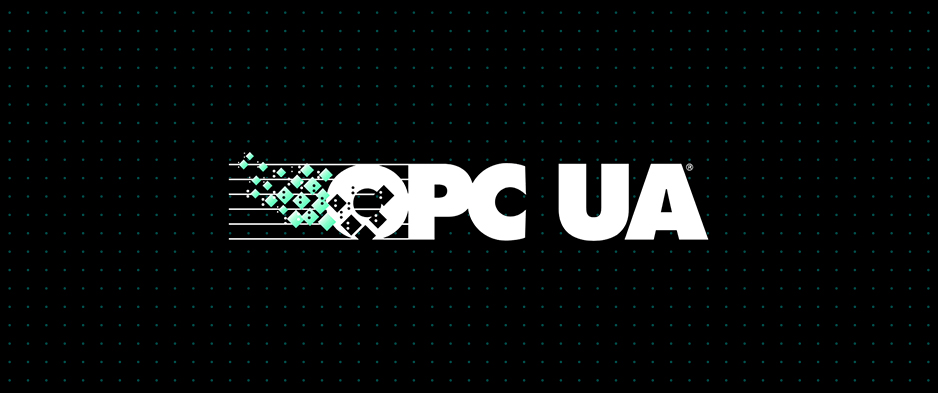OPC UA was adopted as the standard for Industry 4.0 to support the digital transformation of companies. From connectivity simplification to greater security, the OPC UA standard plays a decisive role in the digital age.
What is the OPC UA standard and how it works
OPC Unified Architecture is an extensible, platform-independent standard that enables safe exchange of data in industrial systems. It was first released in 2008 by the Open Platform Communications (OPC) Foundation, an industry consortium that develops, regulates, and maintains interoperability standards and protocols for data communication and open connectivity of devices and systems primarily in the field of industrial automation.
The OPC UA standard is an information-centric data model. It uses integrated data access models that specify data access rules and related information for exposure to applications or devices intended to use them. Access to data can also take place through customized models (complementary models), used in sectors such as machinery manufacturing or robotic engineering.
OPC UA supports communication between interfaces on five levels: enterprise, management, operations, control, and field. The devices share their data via OPC UA, which supports transmission to applications via IP-based and SOAP-based protocols. OPC UA bridging, and gateway wrapper software enables data flow on hardware.
OPC UA standard and industrial automation
The goal of the OPC UA standard in industrial automation is to improve interoperability between hardware and software devices for planning and business automation. Here are the main reasons why OPC UA is perfect for Industry 4.0:
Safety
Unlike OPC Classic (its predecessor), the OPC UA standard has built-in security for access control and enables data encryption to ensure secure transmission without having to rely on network firewalls. In addition, OPC UA implements cross-platform security based on public key infrastructure (PKI) using major security protocols such as x.509 for authentication and data encryption. In this way, the use of OPC UA ensures maximum security in data exchange between physically divided interfaces.
Openness and scalability
OPC UA is an open and cross-platform standard. It can be implemented under the open-source license thanks to the available source code. Furthermore, it is more easily integrated as it is independent of the specific platform. These features of its architecture make it future-proof, scalable and extensible. Indeed, OPC UA allows enterprises to develop scalable SCADA systems to integrate new software modules with existing machinery without further configuration.
Decentralization
The OPC UA standard in industrial automation eliminates the pyramidal hierarchical structure of information flow in industrial systems, decentralizing system components and facilitating the use of more flexible data modeling structures in a mesh network. This is possible by defining consistent data structures used by all components.
ESA Lumia HMI and IPC devices also take advantage of these advantages of the OPC UA standard. They present:
- OPC-UA integrated server for publishing variables and data structures to Cloud solutions or applications for production management.
- OPC-UA client integrated for interfacing with data server.

